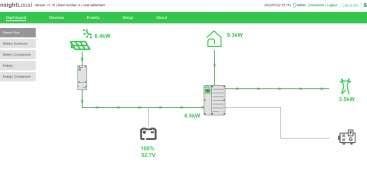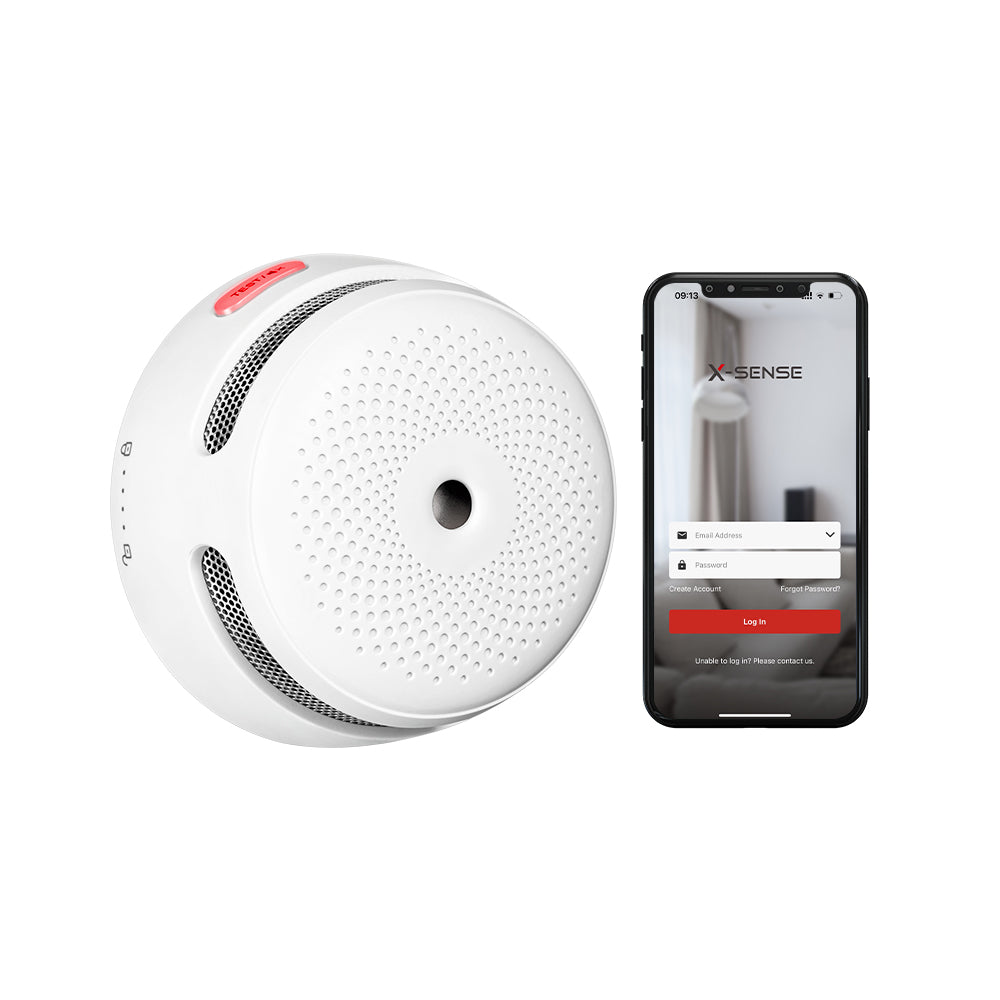The closest thing to a video or review I've seen online about Schneider and unbalanced loads would be the Abney Solar one, where he takes a massive compressor and places it on a single phase of the XW Pro to kick it up over 9kW:
This video isn't definitive - he glosses over, IMNSHO, many of the setup finer points that some of the critics of the video note (i.e. did he change the Sol-Ark's defaults, etc), but it does show excessive unbalanced loads on the Schneider and how it stays running.
The XW Pro's nominal, steady-state run wattage is 6800 in split-phase mode @25C, 6000W @40C. They don't specifically call out 'how unbalanced' it can get, though the same inverter when configured to run in single-phase mode (or as a member of a three-unit 208Y setup) is 5760W continuous, at 25 or 40C. In both configurations, they can surge to 12kW for up to 60 seconds, and for 30 minutes they can get to 8500W (split) or 7200W (single/208). So Ben's video was in spec, as long as the dryer didn't run its element 100% of the time for a full cycle.
I'd be interested to see someone try and put all 8kW of load on a single phase of a Schneider; my guess is, it would handle it though, based on Abney's video. For a time, at least. Schneider and Victron typically limit their inverters not by any kind of measurement of current/wattage, but how hot their systems get, so your mileage may vary. I think I read somewhere that Sol-Ark actually watches the legs and if it sees more than 2500W difference between the two legs, it can potentially trip to protect itself, but don't quote me on that.

As for the conditions for how it failed for Ben, you'd have to watch the videos I linked above. My understanding is, the Schneider was configured in a purely failover mode of operation - meaning, it was not normally delivering to loads, only when the grid was lost, and the software was horribly glitchy and failed to supply power when required (when it was switched to by some other transfer switch). That, coupled with what was, at the time, horrifically bad customer service/support from Schneider, made him replace the unit with a Sol-Ark.




